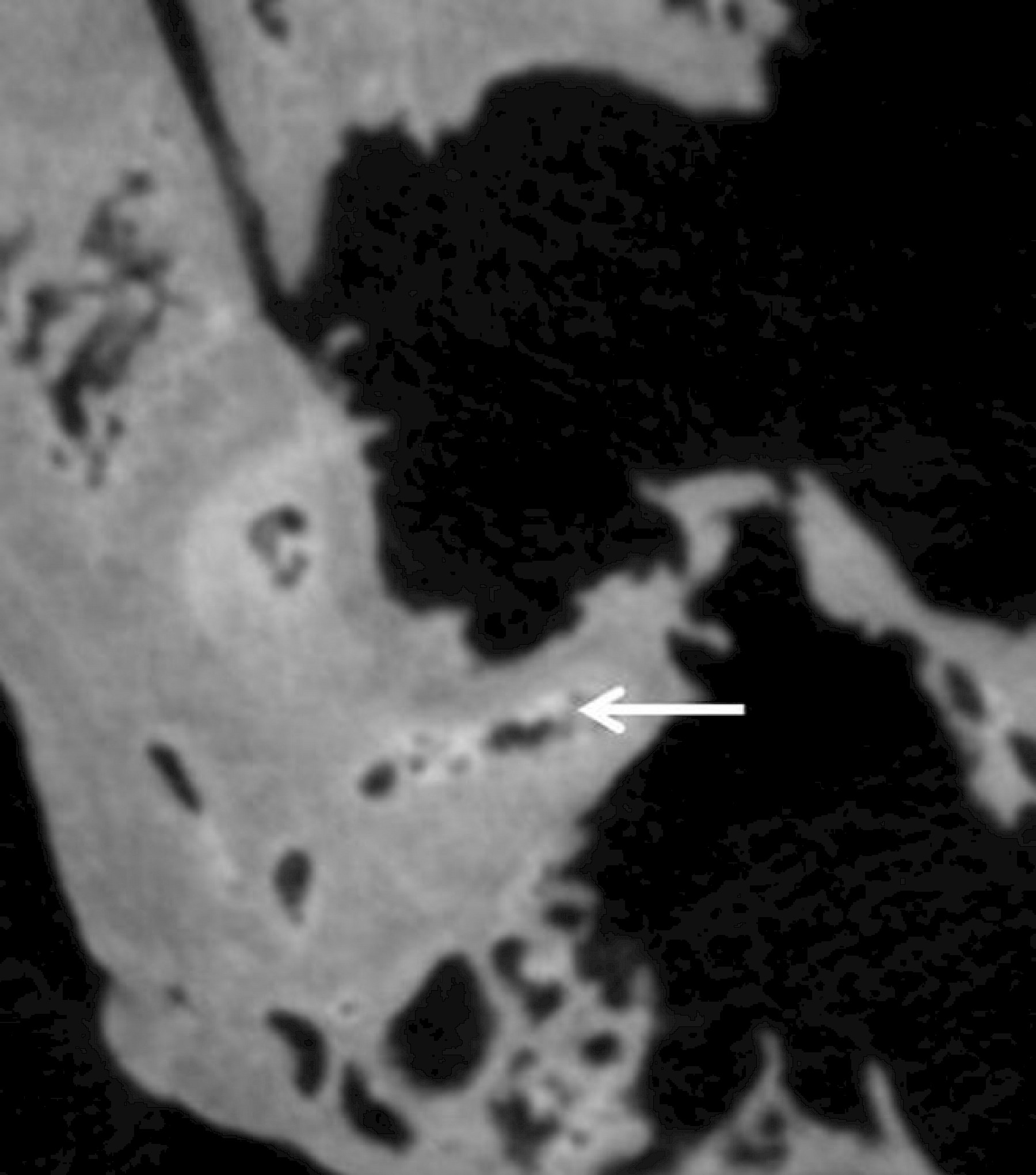Scientists discover one of the oldest cases of deafness in the human species
The Dar-es-Soltane II H5 fossil is approximately 100,000 years old.
English version: Diana Taborda
A study of the remains of the hearing structure of a fossil discovered almost half a century ago in Morocco, allowed the discovery of one of the oldest cases of deafness in our species, Homo Sapiens. The results have been published in the International Journal of Paleopathology.
Dar-es-Soltane II H5, the fossil found, is possibly dated to 100,000 years. Dany Coutinho Nogueira, first author of the scientific paper and researcher at the Research Centre for Anthropology and Health (CIAS – Faculty of Sciences and Technology of the University of Coimbra) tells us that the discovery of the pathology was only possible due to the use of a micro-CT scan, which is similar to a “hospital CT scanner, although with a better resolution, allowing a more detailed observation. The observation of micro-CT sections and the 3D reconstruction were made with TIVMI, a specific software.”
The CIAS researcher explains that in palaeoanthropology, the temporal bone (where we can find nerves and structures of hearing and balance) is quite important. A part of this bone, the pars petrosa, is made up of the densest bone in the human body, which sometimes allows better preservation in ancient fossils. This part contains the organs of hearing (cochlea) and balance (semi-circular canals), which are studied in palaeoanthropology to distinguish human groups (the morphology of this structure in Homo sapiens is different from that of Neanderthals)."
Dany Nogueira further adds that when observing the semi-circular canals of Dar-es-Soltane II H5, “found that they were partially ossified, meaning that there was bone where there shouldn’t be.” The study revealed that this individual suffered from labyrinthitis ossificans, a pathological condition that causes the ossification of the membranous labyrinth. This condition can be responsible for permanent hearing loss and is associated with dizziness and vertigo, being a very incapacitating pathology for a hunter-gatherer, limiting their ability to hunt and find food.
The limited survival time of the individual after the onset of the pathology puts into question the cause of death and the care received. "Dar-es-Soltane II H5 died a few months after the beginning of the pathology, and could not have survived that long without help from other individuals because the ability to get food and hunt was gone, showing us that there was help from the rest of the group, at least for a few months," Nogueira explains.
Dany Coutinho Nogueira points out that only two fossils of Homo sapiens hunter-gatherers show this pathology, "the other being from Singa (Spoor et al. 1998), being the two oldest identified cases of acquired deafness in our species".
Also, according to the CIAS researcher, this study provides new information about the health of past populations, "in particular hunter-gatherers, and also shows that recent technologies allow us to discover new information and detect pathologies on fossils discovered almost 50 years ago".
The scientific article is available here.

